ASUS Vivobook 15
General Info & Release
-
Model: VivoBook 15 (X1500EA / sometimes X1500EP) in Indie Black or Transparent Silver colors
-
Launch year: early 2022 with Windows 11 preinstalled (S Mode on some SKUs)
CPU Options
-
Intel Core i3‑1115G4 (2 cores, 4 threads; 3.0 GHz base, up to 4.10 GHz turbo, 6 MB cache)
-
Intel Core i5‑1135G7 (4 cores, 8 threads; 2.4 GHz base, up to 4.2 GHz turbo, 8 MB cache), with Intel Iris Xe graphics when paired with dual-channel RAM
-
Intel Core i7‑1165G7 (up to 4.7 GHz turbo, 12 MB cache) found in higher-end configurations
Display
-
15.6″ Full HD (1920×1080), 16:9 ratio, anti‑glare LED panel
-
Refresh rate: 60 Hz, brightness ~200 nits, 45% NTSC gamut
-
NanoEdge design provides ~83% screen‑to‑body ratio; wide viewing angles (≈178°)
Memory & Storage
-
RAM: 8 GB DDR4 soldered + 1 × SO‑DIMM slot
-
Up to 12 GB (with i3) or 16 GB total (with i5/i7) when adding a module
-
-
Storage: usually comes with 256 GB NVMe SSD; some models include Optane + SSD, or dual-drive with HDD up to 1 TB
I/O & Expansion
-
Ports:
-
USB 3.2 Gen 1 Type‑C (5 Gbps)
-
USB 3.2 Gen 1 Type‑A
-
2 × USB 2.0 Type‑A
-
HDMI 1.4 output
-
3.5 mm audio combo jack
-
Optional micro‑SD card reader (model‑dependent)
-
-
Expandable slots: 1 × SO‑DIMM RAM slot, 1 × M.2 SSD slot, 1 × 2.5″ SATA bay (cable may be needed)
Design & Build
-
Weight: ~1.8 kg (3.97 lb)
-
Size: ~360 × 235 × 19.9 mm
-
Chiclet keyboard with full num‑pad, 1.4 mm key travel; most models include backlit keys; plastic chassis with reinforced lid/housing for impact resistance
-
Security: Firmware TPM, Kensington lock slot; some configurations include fingerprint reader
Audio, Camera & Networking
-
VGA webcam, built‑in mic
-
Audio: ASUS SonicMaster, often with AI noise‑cancelling; Cortana support
-
Wi‑Fi 5 (802.11ac, single stream), Bluetooth 4.1 or 5.1 depending on region
Power & Battery
-
Battery: 2‑cell Li‑ion, 37 Wh (approx. 5–6 hours standard use)
-
Charger: 45 W (19 V, 2.37 A) universal AC adapter
Upgrade Potential
-
You can easily add SO‑DIMM RAM (to reach 12–16 GB total) and install a larger/faster NVMe SSD or even a 2.5″ SSD/HDD for expanded storage
-
Dual-channel RAM enables Intel Iris Xe GPU for i5/i7 models
Real‑World Feedback & Known Issues from Users
-
Some reported a faint buzzing/static noise when charging; largely resolved by enabling MyASUS smart charging to limit maximum battery charge (~60–80%)
-
Mixed opinions: some users praised its value and portability, others criticized durability, recurring hardware issues, or poor customer support
Summary Table
| Component | Specification / Note |
|---|---|
| CPU Options | i3‑1115G4 (dual‑core), i5‑1135G7 (quad‑core with Iris Xe), i7‑1165G7 |
| Memory | 8 GB soldered + up to 1 × extra slot (max 16 GB) |
| Storage | 256 GB NVMe SSD or dual SSD + HDD/Optane combo, dual‑drive support |
| Display | 15.6″ FHD, 60 Hz, anti-glare, ~200 nits, 45% NTSC |
| Graphics | Integrated Intel UHD (i3) or Iris Xe (i5/i7) |
| Ports | USB‑C, USB‑A, HDMI, audio jack, optional micro‑SD reader |
| Weight & Size | 1.8 kg; 360 × 235 × 19.9 mm |
| Battery | 37 Wh ~5–6 hours usage |
| Extras | Backlit keyboard, TPM, HDMI, MyASUS utilities |
| Known issues | Charging noise (fixable), reliability concerns from some users |
Who Is It For?
Great for students or professionals who need a lightweight laptop for web browsing, office apps, video streaming, and casual multitasking.
Less ideal for heavy multitasking, demanding software, or serious gaming—especially the dual-core i3 version, which can struggle under load.

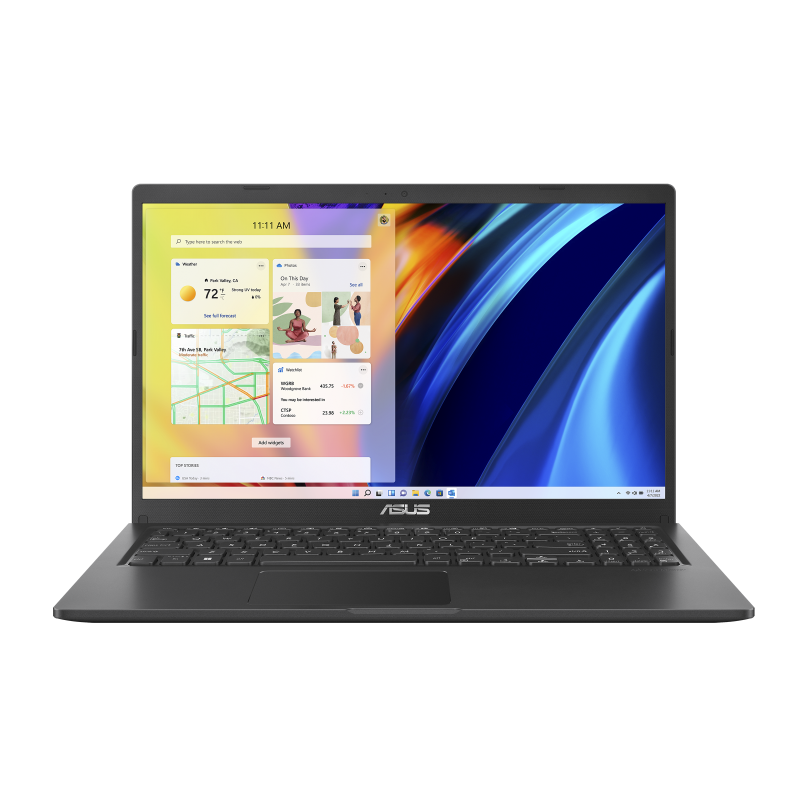
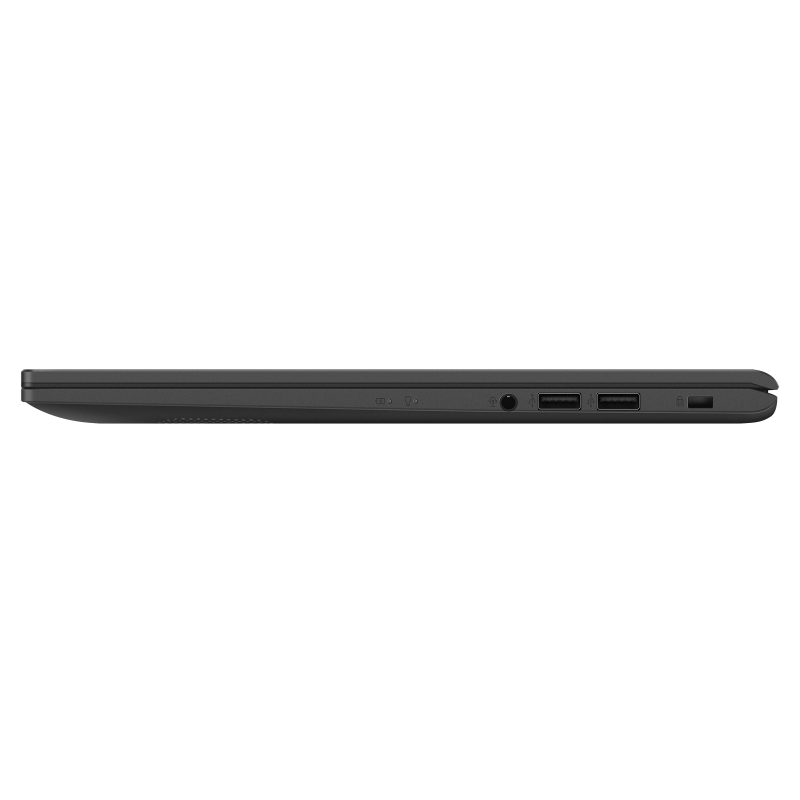
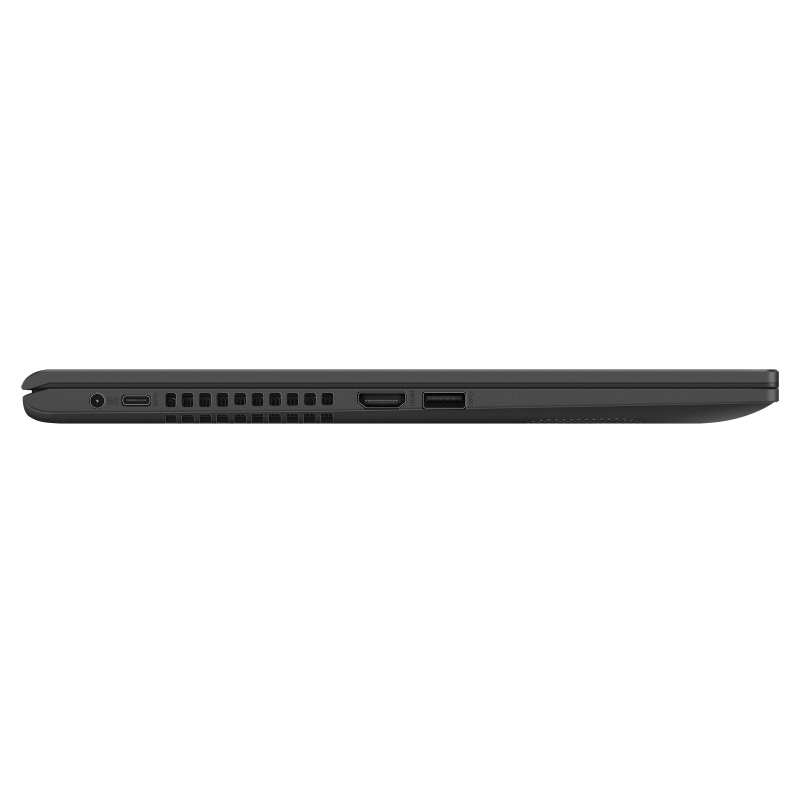
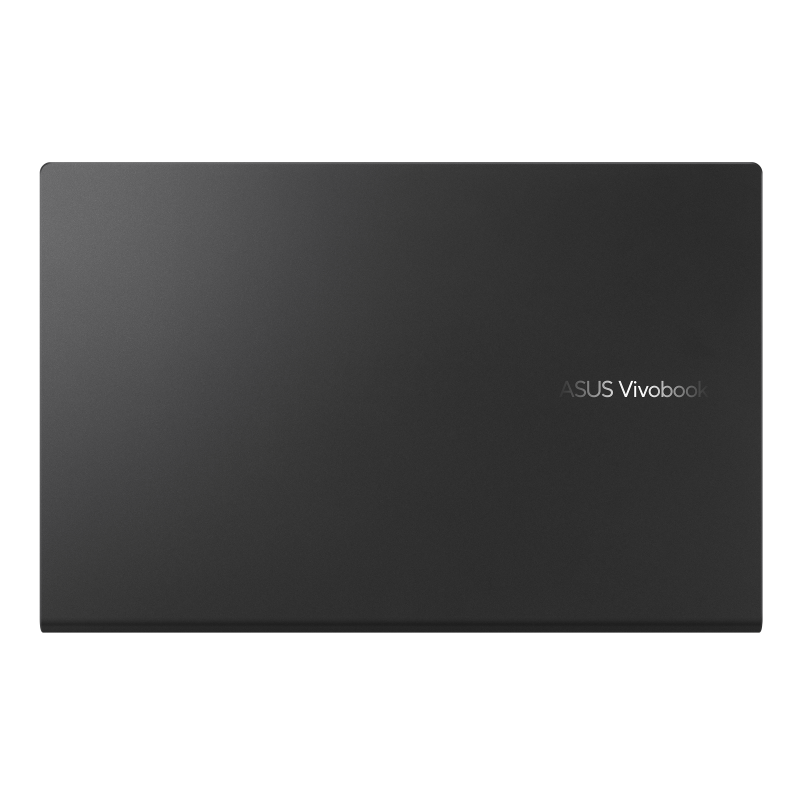
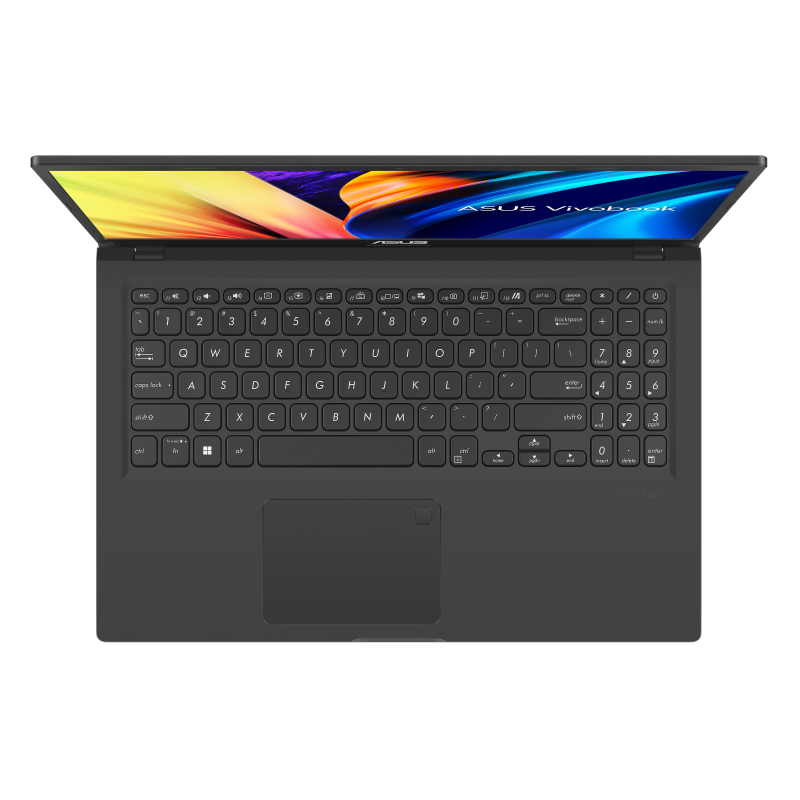
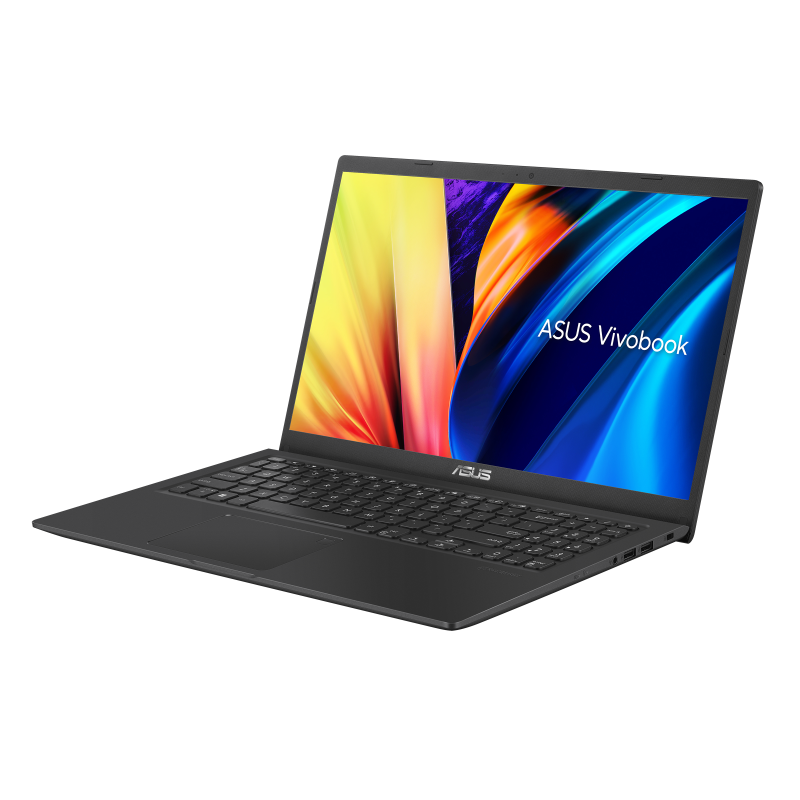
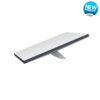
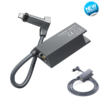


 No products in the cart.
No products in the cart. 
Reviews
There are no reviews yet.